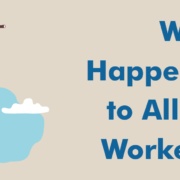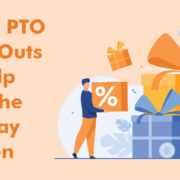What Happened to All the Workers?
Employers continue to struggle with hiring. So where did all the workers go? The Wall Street Journal reports that over 500,000 became self-employed in 2021. Currently 9.44 million workers are registered as self-employed. That is the highest total since 2008 after the financial crisis.
Meanwhile, the US workforce remains 3% lower than before the pandemic. There are many reasons including mothers who left the workforce to look after children, 300,000 working-age adults who died of Covid or have long-term repercussions, hundreds of thousands who went onto Social Security at 62 and others who simply found ways to do with less.
Part of the shift to self-employment might be temporary. Employers looking to hire though need to create job postings to attract the self-employed. Key factors to highlight, if applicable, are:
- Job security
- Annual gross pay including any overtime
- The annual dollar value of your benefit plans



